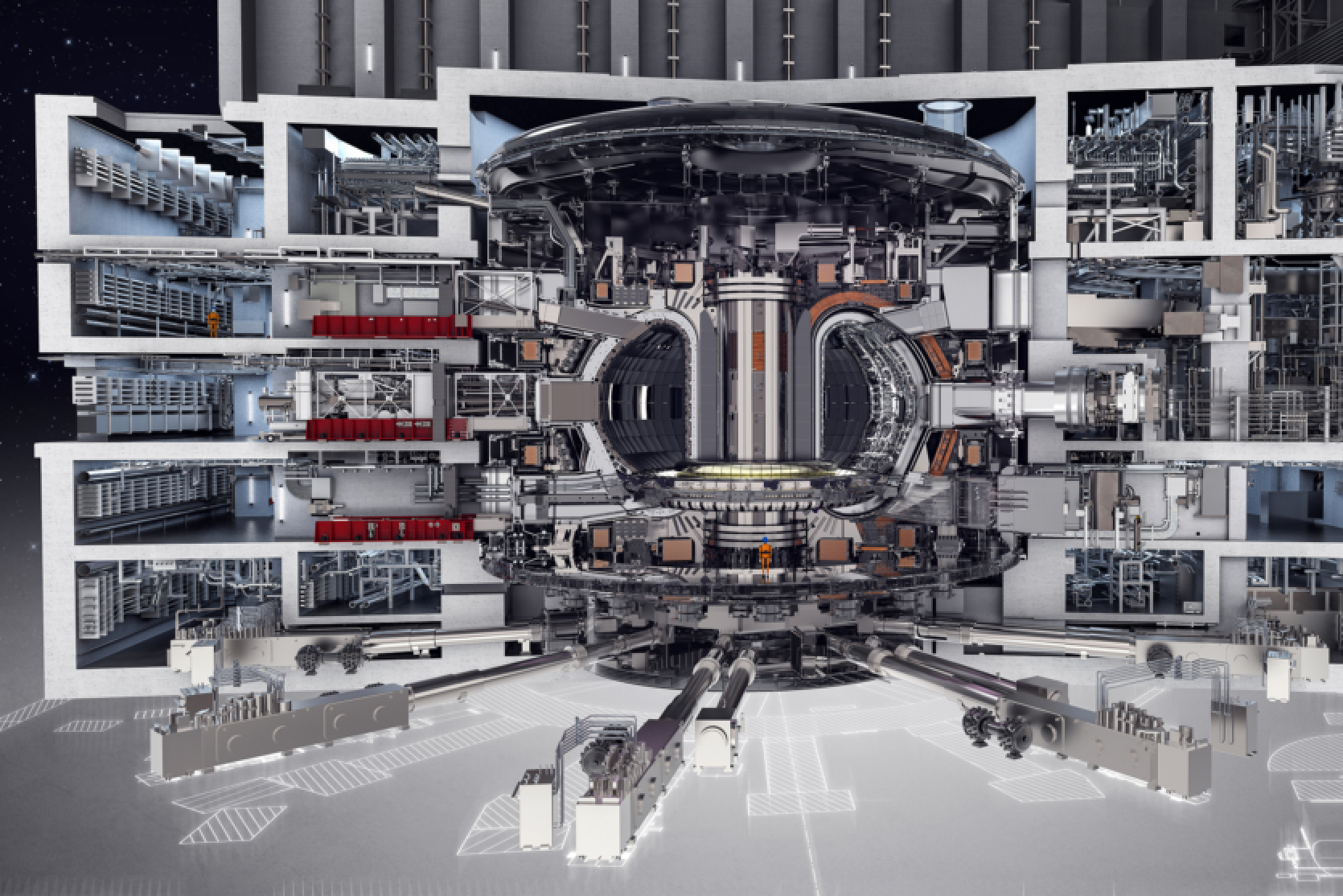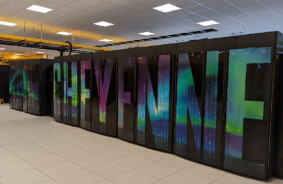The international experimental thermonuclear reactor (ITER) has been completed but will not operate for another 15 years, according to scientists. The world's largest thermonuclear reactor, assembled in France, was originally supposed to start operating in 2020, but now the launch has been postponed to 2039.
"Certainly, the delay of ITER is not a step in the right direction. When it comes to the impact of nuclear fusion on the problems humanity is facing now, we should not wait for nuclear fusion to solve them. That would be foolish," says Pietro Barabaski, the project's director.
The ITER thermonuclear reactor was created in collaboration with 35 countries: all EU member states, Switzerland, the UK, China, India, and the USA. It contains the world's most powerful magnet, allowing it to generate a magnetic field 280,000 times stronger than the one protecting Earth.
The creation of ITER cost $28 billion. Initially, it was planned to cost around $5 billion, but now, due to numerous delays, its budget has exceeded $22 billion, with the remainder being additional expenses. The high cost has caused a 15-year delay.
For over 70 years, scientists have been trying to harness the energy of nuclear fusion - the process by which stars burn. By fusing hydrogen atoms into helium under extremely high pressure and temperature, fusion generates energy from matter, doing so without consequences for the ecological situation.
The most common design of fusion reactors, the tokamak, operates by heating plasma (one of the four states of matter consisting of positive ions and negatively charged free electrons) which is confined in the reactor chamber by powerful magnetic fields. Fusion reactors require very high temperatures (many times higher than the sun's) because they need to operate at much lower pressures than in stars' cores. Additionally, it is extremely difficult to confine turbulent and superheated plasma for long enough to enable nuclear fusion. The first tokamak was created in 1958, but none of them has so far produced more energy than they consumed - another type of reactor turned out to be more successful.
Source: Live Science














Comments (0)
There are no comments for now